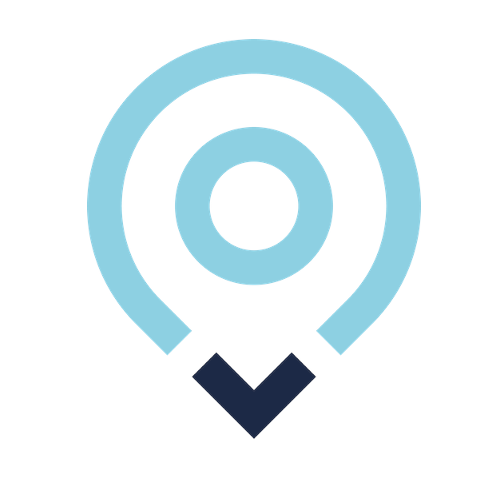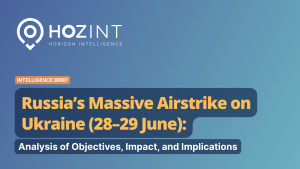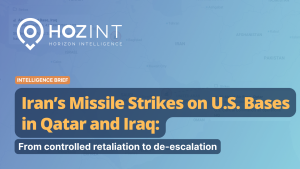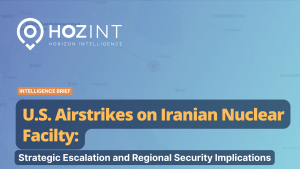Travel risk management is the practice of identifying and mitigating the potential risks that travellers may face when visiting different destinations. Travel risk management can help organisations protect their employees, assets, reputation, and legal obligations. One of the key aspects of travel risk management is the Duty of Care, which is the legal and moral responsibility that employers have to ensure the safety and well-being of their employees who travel for work.
In this blog post, we will explore how OSINT can be used to enhance travel risk management and fulfil the Duty of Care. We will discuss some of the challenges and benefits of using OSINT for travel risk management, as well as some best practices and tools that can help you leverage OSINT effectively.
Pre-travel Phase
OSINT allows travel risk managers to gather essential information about their destinations, including potential security risks, local laws, and cultural customs. For example, they can use OSINT to monitor the political situation, the crime rate, the health status, and the environmental conditions of a country or region.
Travel advisories: The easiest way to collect high-level information on the overall safety and security situation of the country is to track travel advisories issued by government agencies and international organizations. Travel advisories provide guidance on the level of risk involved in travelling to a specific destination, as well as advice on how to avoid or minimize those risks. Some of the websites that publish travel advisories are:
Using travel advisory as the only/main way to collect high-level information on the overall safety and security situation of a country has its pros and cons. On the one hand, travel advisory can provide general precautions and recommendations based on the assessment of the political, social, health, and environmental risks in a country. Travel advisory can also alert travellers to any temporary situations that may affect their travel plans, such as disease outbreaks, public demonstrations, or weather events. On the other hand, travel advisories may not provide enough detail or accuracy for travellers who need more specific or timely information. For example, travel advisory may not provide city-level assessments or distinguish between different regions of a country that may have varying levels of risk. Travel advisory may also not provide tactical information in real-time, such as criminal incidents, road closures, security checkpoints, or curfews. Therefore, travel risk practitioners should not rely solely on travel advisory, but also consult other sources of information.
Media and social media: Media and social media can be useful sources of information to help travel risk managers make informed decisions and prepare for potential risks. However, not all media and social media platforms are equally reliable and up-to-date. Here are some tips on how to use media and social media effectively for travel safety purposes.
- Google News can be helpful by selecting the country as a keyword and a timeframe of 7, 30, or 90 days depending on the depth of analysis that you want to make. This can give you an overview of the current events and issues affecting the country, as well as the opinions and perspectives of different media outlets.
- Local news: Even better than Google News, are local news websites that can provide a better degree of local knowledge and more up-to-date information. Databases like W3Newspapers and Online Newspapers can be very useful to find local sources. You can also use Google Translate to read news in other languages if needed.
- Social media: Social media platforms such as Twitter, Facebook, Instagram, Snapchat, Reddit, and YouTube can also offer valuable insights into the local situation of the destination. You can follow official accounts of government agencies, tourism boards, embassies, airlines, hotels, etc. to get updates and alerts on travel-related issues. You can also search for hashtags or keywords related to your destination or interest to see what other travellers or locals are posting and sharing.
Nevertheless, you should also be aware of the limitations and risks of using media and social media for travel safety/security information. Some social media posts may be biased, inaccurate, outdated, or misleading. Some may even be intentionally designed to spread misinformation or propaganda. Therefore, you should always verify the source and credibility of the information you find on social media, and cross-check it with other sources if possible.
During Travel Phase
During the travel phase, OSINT can help to monitor news and social media to identify risks and threats in real-time and sometimes hours or days in advance.
Platforms like Tweetdeck, Instagram and Snapchat are widely used to monitor keywords and accounts of interest in order to identify threats in real-time, such as crime hotspots, travel scams, civil unrest or travel disruptions, allowing travel risk managers to increase their situational awareness. Snapchat, for instance, provides a map on its web app that shows public snaps from anywhere in the world. This comes particularly useful to monitor public gatherings, protests, etc..
Nevertheless, media and social media also have some limitations that should be considered. First, monitoring media and social media can be time-consuming, as there is a lot of information to sift through and verify. Second, there is a risk of encountering information noise, disinformation, or biased perspectives that could distort the reality of the situation. Third, there may be a language barrier that prevents one from accessing or understanding some sources of information. Fourth, media and social media cannot provide a comprehensive and clear view on events that are scheduled to happen in the future and that could impact travel operations (e.g. scheduled labour strikes, protests, transport disruptions, etc.)
From OSINT…to Hozint
Hozint’s risk intelligence platform offers a comprehensive solution for addressing the evolving challenges of travel security. Our platform is designed with user-friendliness in mind, allowing travel risk managers to set up filters on specific locations of interest. The platform delivers instant notifications through browser alerts and emails, ensuring that you receive timely updates on critical events, security incidents, and emerging risks.
Comprehensive Risk Assessments
Hozint’s platform provides travel risk managers with up-to-date risk assessments on more than 200 countries and territories. These assessments cover various aspects, including travel risk, terrorism, crime, political violence, health and epidemic, natural hazards, and transportation. The easy-to-understand summaries allow professionals to make well-informed decisions and implement targeted risk mitigation measures.
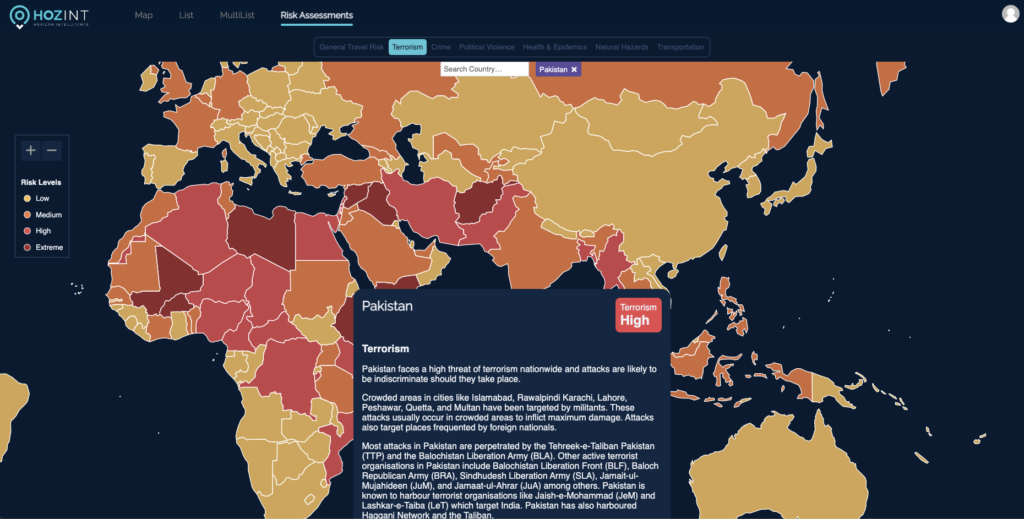
Forward-looking Threat Detection
One of the standout features of Hozint’s platform is its forward-looking threat detection capabilities. By leveraging their intelligence resources, the platform provides alerts on possible disruptions with days or weeks in advance. This proactive approach empowers travel risk managers to plan ahead, mitigate risks, and make informed decisions for the safety of travellers.
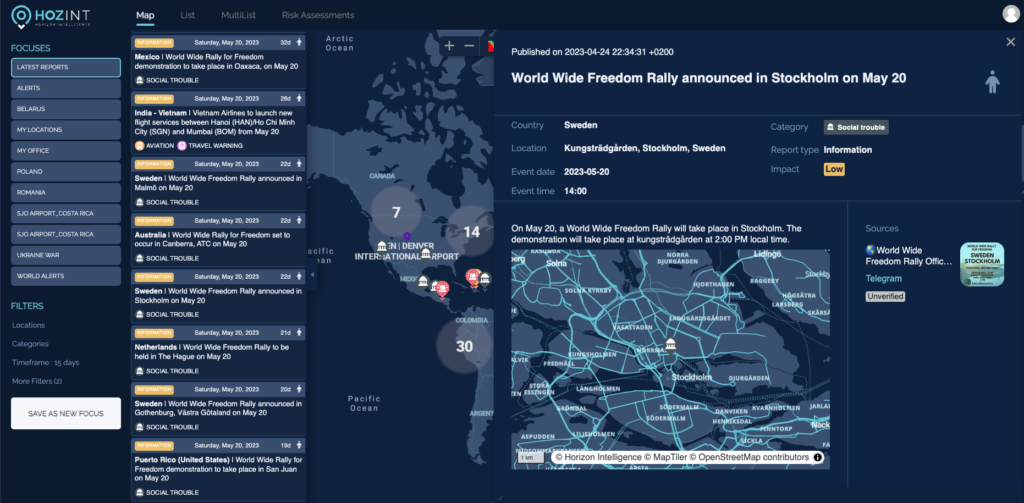
Artificial Intelligence Alerts for Real-time monitoring
The power of artificial intelligence comes into play with Hozint’s risk intelligence platform. The AI-driven alerts provide a constant flow of timely and relevant information, enabling travel risk managers to respond to critical events in near real-time. With an average 5 minutes delay and 270.000 alerts / month, our platform provide you with the speed and granularity you need to boost your situational awarenes.
Human Verification for Veracity and Accuracy
Hozint recognizes the importance of accurate information in making informed decisions. To ensure veracity and precision, their team of expert analysts fact-checks the information discovered by the AI. This human verification process adds an extra layer of confidence, enabling you to proceed with speed and accuracy in your risk management efforts.
Assets Monitoring with Advanced Geofencing Tools
Hozint’s platform allows you to monitor assets such as airports, hotels, or other critical locations in real-time. By leveraging advanced geofencing tools, you can set up virtual perimeters around specific areas and receive instant notifications regarding incidents or risks in their proximity. This asset monitoring feature enhances situational awareness and enables swift response in case of any potential threats.
Hozint’s platform enables proactive risk management and ensures the safety of travellers in an increasingly dynamic world. By harnessing the power of Hozint’s platform, travel risk managers can stay one step ahead, confidently navigate risks, and provide a secure travel experience for their organizations and clients. Do you want to see it in action?

